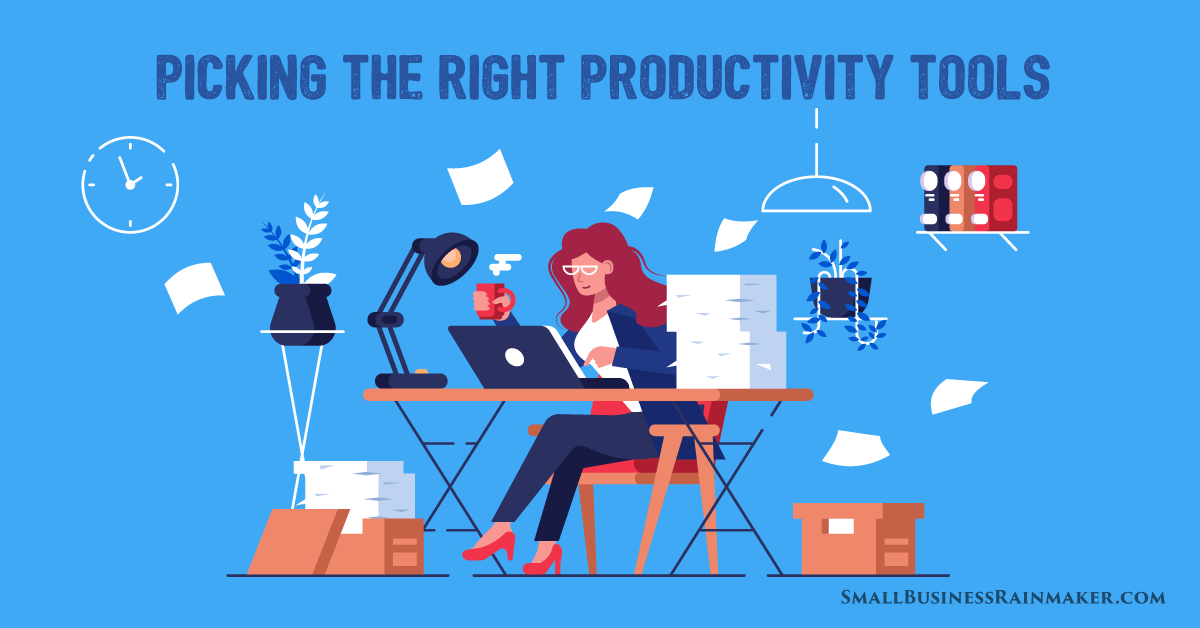
No one can appreciate the importance of consistently achieving peak productivity better than startup founders and small business owners. Because for them, every day is a deadline. But there’s only so much one can do in a day. Besides, there are other matters in life apart from work that are worth attending to.
According to a recent productivity survey:
- 72 percent of small business owners feel fairly overwhelmed by their roles and responsibilities,
- 39 percent feel that finding paperwork is their biggest time waster, and
- 56 percent believe that communication is the key to enhancing their productivity.
Realizing this, there are countless tech startups today that offer productivity tools which promise to simplify your workday and boost productivity without causing information overload. And if you are reading this, chances are you already use a productivity tool but are realizing that the tool or app is not really boosting your productivity.
On the contrary, the tool is reducing your productivity with its rather unintuitive, poorly designed, and frustrating interface. In other words, if you have to forcefully get your head around using the tool, then the tool isn’t really a “tool” but more of a headache.
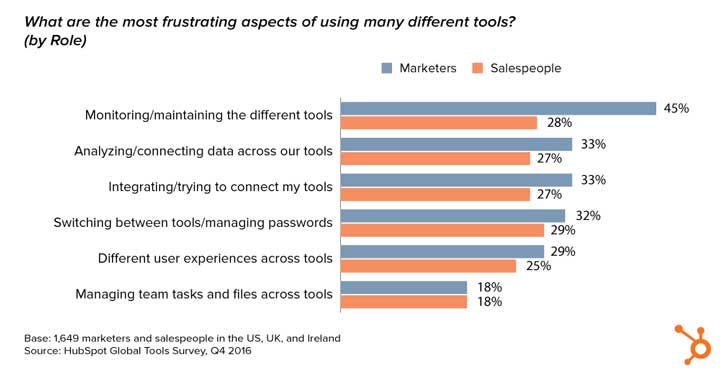 Source: Hubspot, Death by 1000 Apps
Source: Hubspot, Death by 1000 Apps
In fact, digital workplace research suggests that 56 percent of workers find searching for information in different apps disruptive. It breaks the flow of thoughts and leads to wasted time.
What do you do then? With so many tasks to juggle at once, not using any tool or app to manage it all is probably not the best idea. Moreover, increasing productivity and business efficiency may even be a subjective matter. What works for someone in enhancing their productivity may not work for you.
So, before you decide on a productivity tool for your business or startup, here are three important factors you should consider.
3 Factors in Selecting a Productivity Tool for Your Startup or Small Business
Simplicity
A productivity tool will augment your productivity only if it’s easy to use. Fancy tools with a myriad of features may look alluring at first but they often have a very bad user experience which in turn lowers productivity.
Here’s an example proving the importance of good user experience:
A young woman undergoing chemotherapy died of complications because the nurses on duty were unable to navigate the complex interface of the program that was designed to keep track of the patient’s treatments.
You can understand what happened when you look at the screenshot of the program:
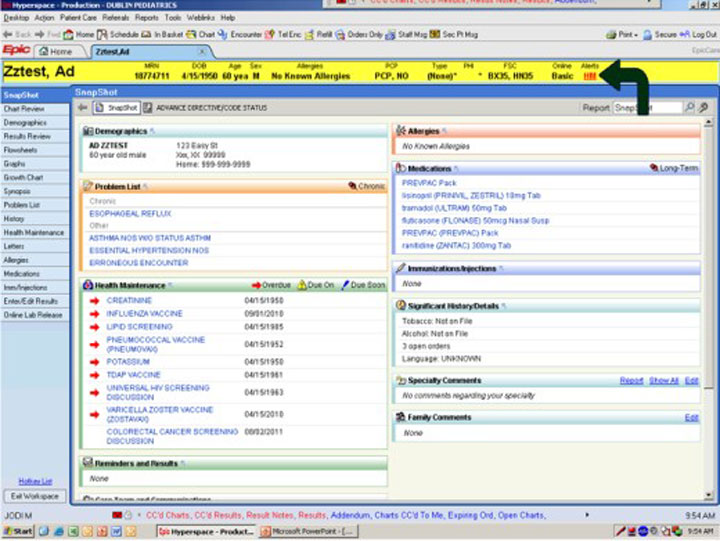
Forget productivity, not having an intuitive user experience can actually cost lives. Thus, the simplicity of use should be one of the top factors to consider when deciding on a tool.
Functionality
Obviously, while the tool needs to be easy-to-use, it must also fulfill all your functional requirements. The same research (cited above) found that 69% of workers waste up to an hour a day navigating between apps.
So, it is best if you can reduce the number of tools you use and if possible, have a single tool that serves all your requirements. When deciding on one, keep in mind that basic features such as setting reminders, real-time collaboration, integration with other apps, and task management are included.
That said, make sure you don’t opt for a tool crammed with features that you have no use for.
Collaboration
With reference to the aforementioned point, collaboration deserves special attention as working from different geographical locations is not uncommon any more. Make sure that the tool has an instant messaging feature. Voice and video calling features would be an added bonus.
Thoroughly evaluate the tool during the trial period to get a feel for its intuitiveness and functional performance. Take your time and be meticulous before deciding on a tool for your business or startup.
Switching to another new productivity tool after a few months won’t be easy when your team(s) are finally used to one (no matter how good or bad the tool is).
The Concept of Kanban
Kanban is a Japanese concept focused on optimizing workplace productivity. Based on that, there are software productivity tools known as Kanban boards. They allow users to visualize their workflow by splitting tasks into color-coded lanes for simple and complex processes.
One significant benefit of utilizing the Kanban board methodology is that it allows you to establish a clear hierarchy of your tasks. Traditional to-do apps might fall short when it comes to prioritizing and detailing your to-do list.
And when we talk about Kanban boards, Trello is the first of many productivity tools that comes to mind. You’ve probably heard of it before as it has popularized the Kanban board concept with its lean interface and a card-style layout.
Basically, it allows you to visualize your team’s workflow in the form of structured to-do lists. It helps break down a complex task into smaller chunks in the form of cards. The learning curve is literally zero and task management could not be any more straightforward.
What’s more, Trello’s free plan boasts all the essential features your small business could ever need. However, Trello’s basic features fall short for bigger businesses and teams with complex requirements. If you’re looking for a Kanban app that does more than just tracking tasks, such as instant messaging, setting reminders, customer relationship management, then you need to look for alternatives that are more feature-rich yet minimalistic and intuitive to use.
Your Last Resort
Again, what works for someone may not work for you. And even with all the countless selections of tools in the market, it is entirely possible that none of them suit your needs.
In that case, using a simple spreadsheet to manage all your tasks, collaborate with team members, and keep track of deadlines is your best bet. Or, going old school pen-and-paper just might work, too.
The answer to achieving peak productivity is quite straightforward: use anything that keeps you and your team on track. Just because your competitors’ are using an expensive, elaborate productivity tool doesn’t mean you must do the same. As long as your team doesn’t waste time figuring out how the tool works, or get frustrated with its performance/lack of features, any tool you pick is just fine.
 Shyamal Parikh is the Founder of SmartTask, an online work management tool that's helping teams be more productive by having clarity on who's doing what by when. Parikh has a penchant for researching and sharing strategies that benefit a team's productivity.
Shyamal Parikh is the Founder of SmartTask, an online work management tool that's helping teams be more productive by having clarity on who's doing what by when. Parikh has a penchant for researching and sharing strategies that benefit a team's productivity.










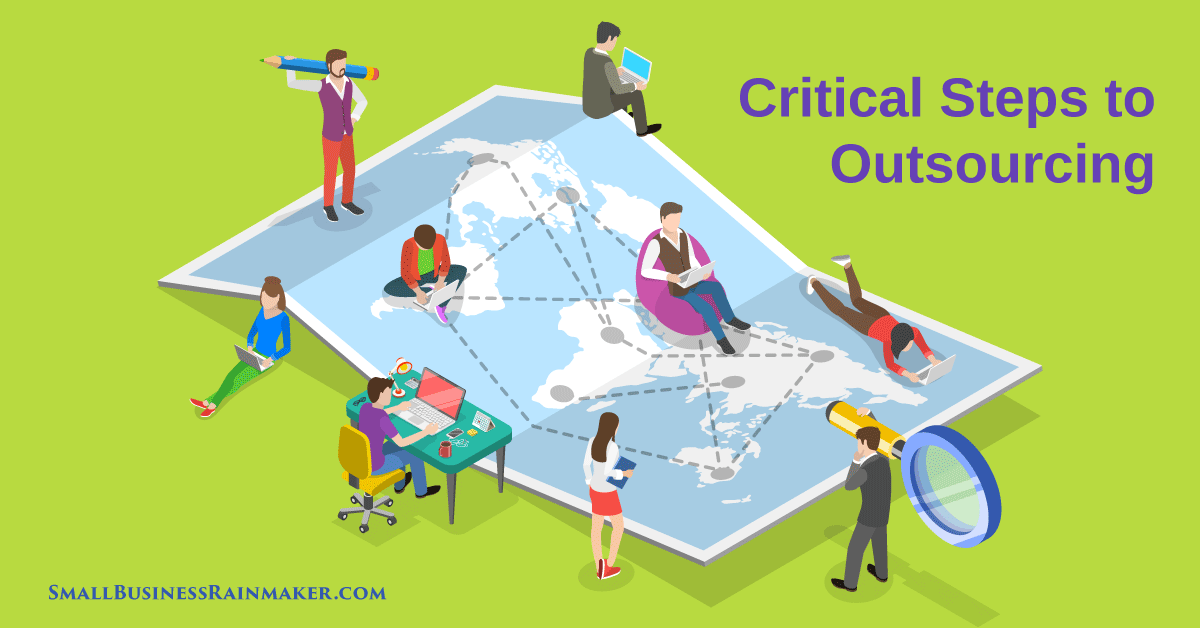
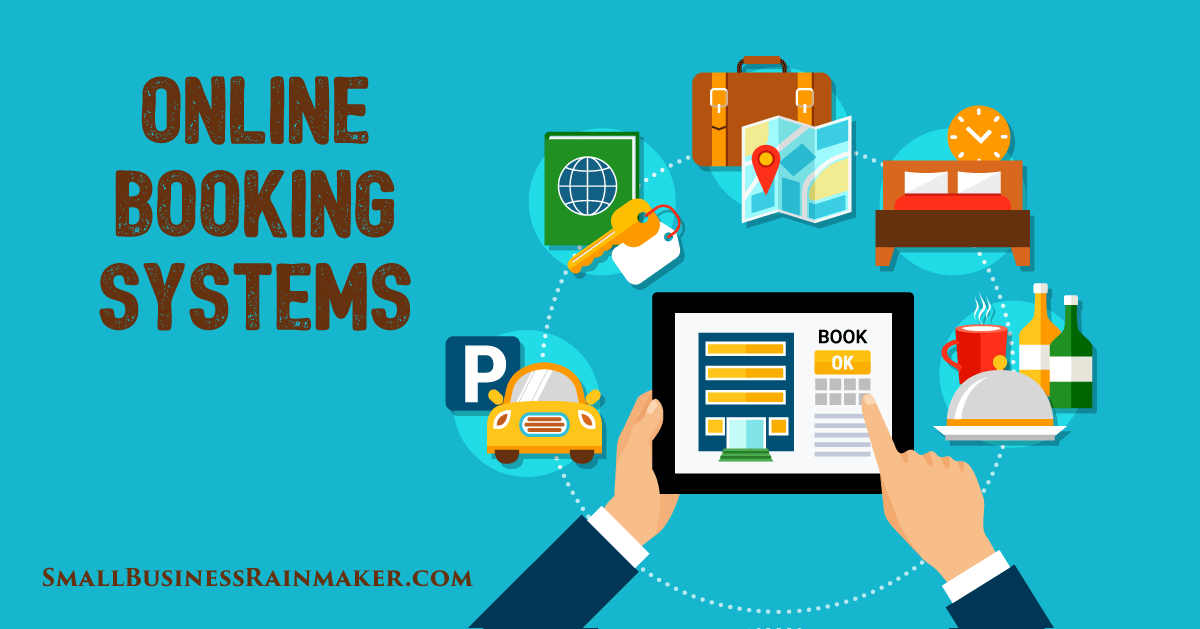

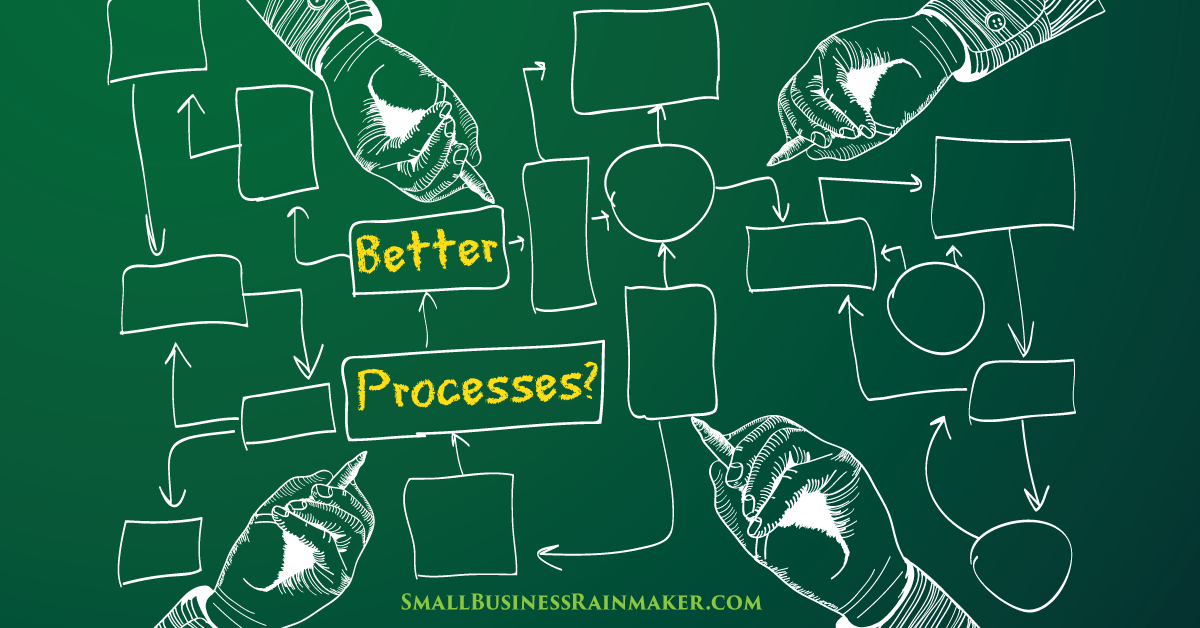

Leave a comment